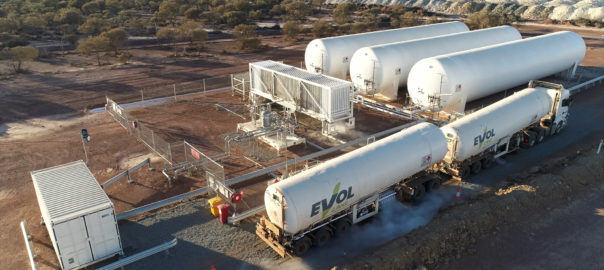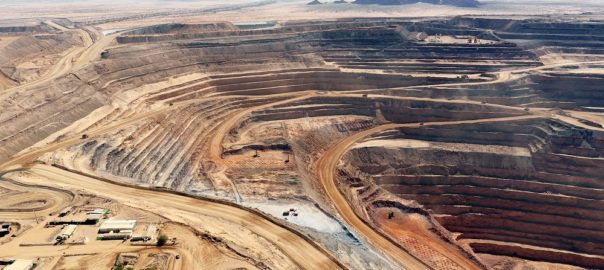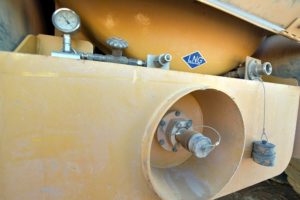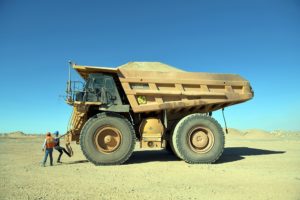Ora Banda Mining and Wesfarmers’ liquified natural gas business, EVOL LNG, have signed a new long-term agreement to bring LNG to the Davyhurst gold mine in Western Australia’s Goldfields region.
The gold mine is aiming to restart production in January 2021 after being placed into care and maintenance in 2018.
Ora Banda’s definitive feasibility study (DFS) for the Davyhurst Restart project outlined a production target of 418,000 oz of gold over an initial five-year mine life based on an ore reserve of 460,000 oz (6.1 Mt at 2.4 g/t Au) from six deposits within 50 km of the existing 1.2 Mt/y plant. The plant is being refurbished by GR Engineering Services.
EVOL LNG’s Manager, Nick Rea, said the business had proven its winning LNG solution to the mining industry over the past 12 years with its customer base continuing to grow.
“We are excited to support the Davyhurst mine back into production,” he said. “Ora Banda is now our ninth mining customer and we are keen to provide them with the benefits and value that are afforded to EVOL LNG’s customers.”
EVOL LNG will build, own, operate and maintain the on-site LNG storage and vaporisation facility at the mine. The facility will use EVOL LNG’s modular design, which, the company says, allows for fast installation and expandability if the mine’s energy requirements increase in the future.
Ora Banda Mining’s Managing Director & CEO, David Quinlivan, said: “Ora Banda’s agreement with EVOL LNG has enabled the company to secure a stable long-term energy solution for Davyhurst on terms consistent with those outlined in the DFS. The use of LNG as the primary fuel source for the Davyhurst power station also provides significant
environmental benefits.
“The company estimates its power generation greenhouse gas emissions will be reduced by approximately 25,000 t during the initial five years of operation when compared to conventional diesel power generation.”
The mine will use EVOL LNG to fuel a 7.5 MW gas-fired power station, with supply planned to commence from December 2020.
The LNG will be supplied from EVOL LNG’s Kwinana production facility in Western Australia, which was expanded earlier this year. Planning is underway for the next expansion to meet the growing market demand.










